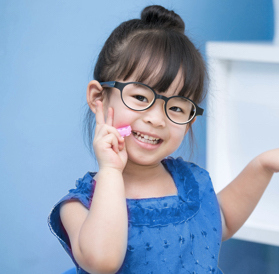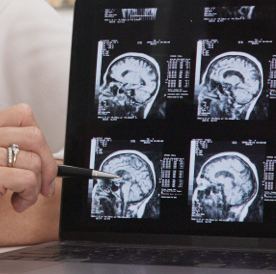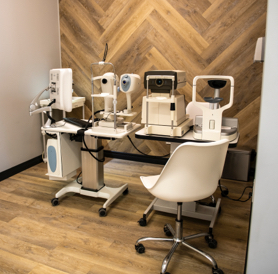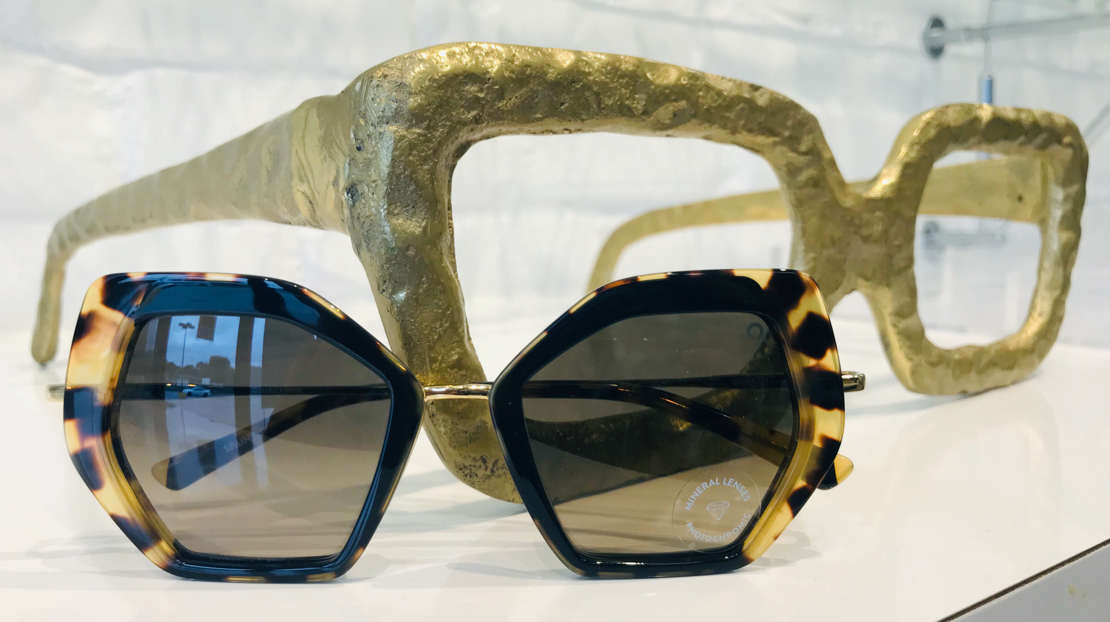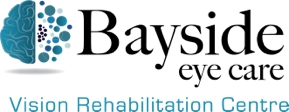Can Vision Issues Affect Learning?
There is a close connection between vision and learning. In the typical classroom, 80% of learning is done through a visual medium.
Even if your child has excellent eyesight, they may have an undiscovered vision problem. Eyesight refers to the information gathered from the world around you, and the clarity of that information. Vision refers to how that information travels to your brain, how your brain receives the information, and how your brain processes and interprets the information
Children often can’t tell that they have a vision problem because they don’t know what “normal” vision is.
An Important Note
Vision problems do not cause learning disabilities, such as dyslexia, but they can cause learning difficulties or interfere with the treatment of the learning disability. Struggling with an undiagnosed vision problem can increase a child’s frustration and a sense of hopelessness around reading and other visual learning practices.
Talk to our team to see if a specialized children’s eye exam can uncover any underlying problems with your child’s vision.
What is the difference between a routine eye exam and a functional vision assessment or neuro-optometric assessment?
Routine eye exams focus mostly on how well your child sees and if all the structures of the eye have developed properly to allow for normal development of vision, namely clarity of vision. What is often overlooked or not evaluated in detail is how efficiently the eyes are functioning or working as a team. Vision issues that can commonly affect a child’s ability to read or learn include:
Eye Tracking
Eye tracking involves the coordinated movement of the eyes to follow a moving object or to accurately move along a stationary object, such as required for moving the eyes along a line of text during reading.
Eye Teaming
Eye teaming (also known as binocular vision) is a visual skill that allows both eyes to work together in a precise and coordinated way. Good eye teaming allows a person to maintain single and comfortable vision for a sustained period of time. It is also the basis for superior depth perception.
Eye Focusing
Eye focusing is the process that allows the eye to see clearly at different distances of viewing. Good eye focusing allows a person to maintain a clear image for a sustained period of time at near and allows for a rapid, efficient change in focus when viewing from distance to near or vice versa.
Spatial Relationships
Spatial awareness is knowing where your body is in space in relation to objects or other people. To have good spatial awareness you also need to understand and respond to a change in position from these objects. This is a complex skill that children develop from an early age. Poor spatial relations can make it difficult for the visual system to function, maintain a clear, single image, when viewing busy environments, such as paragraphs of small text on the page.
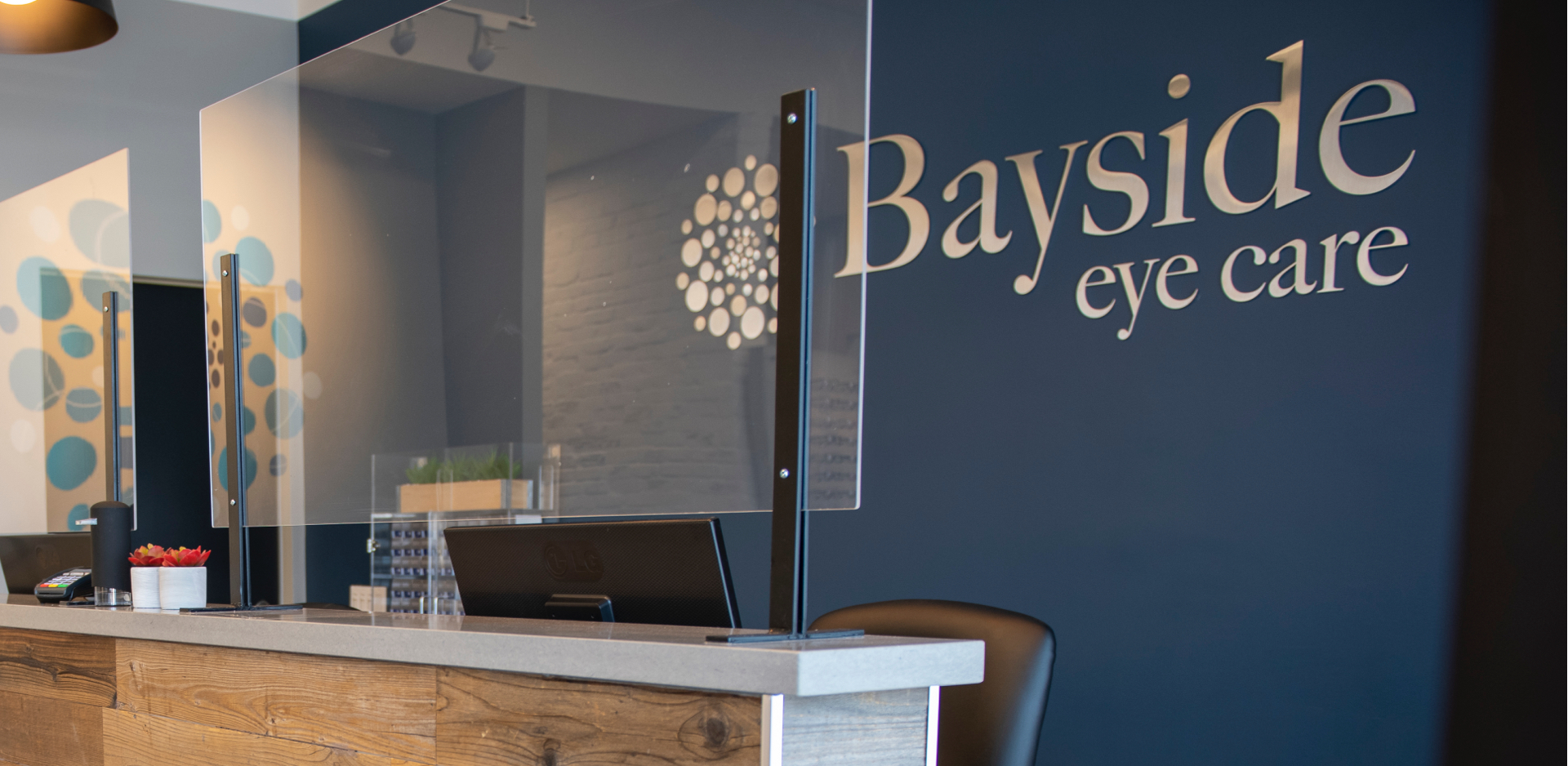
Our Location
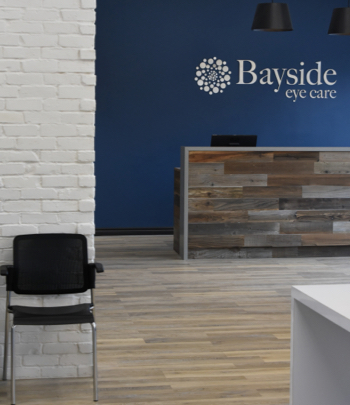
Visit Us
Just off Leacock Drive, find us in the strip mall next to O’Sullivan Animal Hospital.
- Phone: 705-728-3396
- 420 Leacock Drive, Unit I
- Barrie, ON L4N 5G5
Hours of Operation
- Monday: 9:00 AM – 5:00 PM
- Tuesday: 9:00 AM – 5:00 PM
- Wednesday: 9:00 AM – 5:00 PM
- Thursday: 9:00 AM – 5:00 PM
- Friday: 9:00 AM – 3:00 PM
- Saturday: Closed
- Sunday: Closed
Extended hours appointments available by appointment only.



See Our Google Reviews

OUR BLOG
Vision Therapy for Strabismus
Vision TherapyVision therapy is an effective, noninvasive treatment option that helps retrain the eyes and brain to work together more efficiently. […]
How Long Does Eye Strain Last?
Digital Eye StrainDry EyeEye HealthDigital eye strain tends to last for a few hours. In the meantime, it helps to take a break and rest your eyes—try avoiding screens where possible and regularly focusing your eyes at different distances. This gives them a much-needed rest.
[…]
Glaucoma vs Cataracts: What’s the Difference?
Eye ConditionsEye Health Glaucoma and cataracts are two of the most frequent eye issues, but they differ significantly in their causes, symptoms, and treatments.
[…]
Vision Therapy for Strabismus
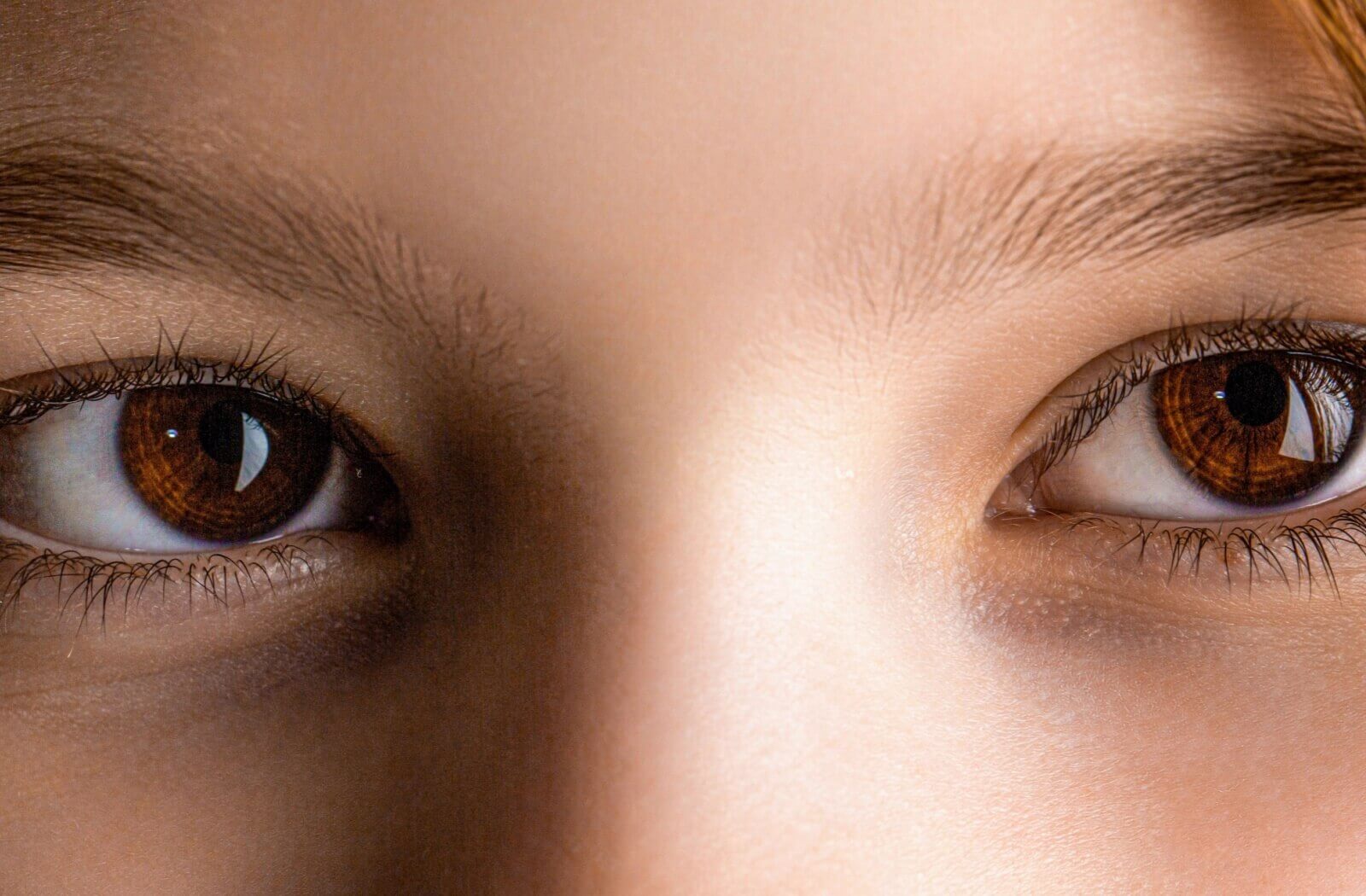
Vision therapy is an effective, noninvasive treatment option that helps retrain the eyes and brain to work together more efficiently. […]
How Long Does Eye Strain Last?

Digital eye strain tends to last for a few hours. In the meantime, it helps to take a break and rest your eyes—try avoiding screens where possible and regularly focusing your eyes at different distances. This gives them a much-needed rest.
[…]
Glaucoma vs Cataracts: What’s the Difference?

Glaucoma and cataracts are two of the most frequent eye issues, but they differ significantly in their causes, symptoms, and treatments.
[…]


